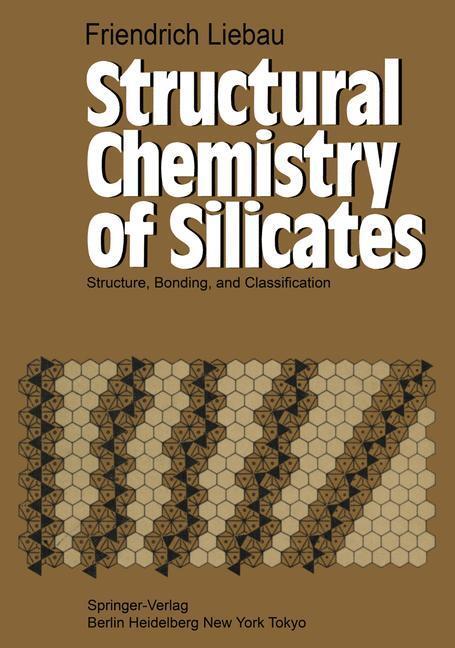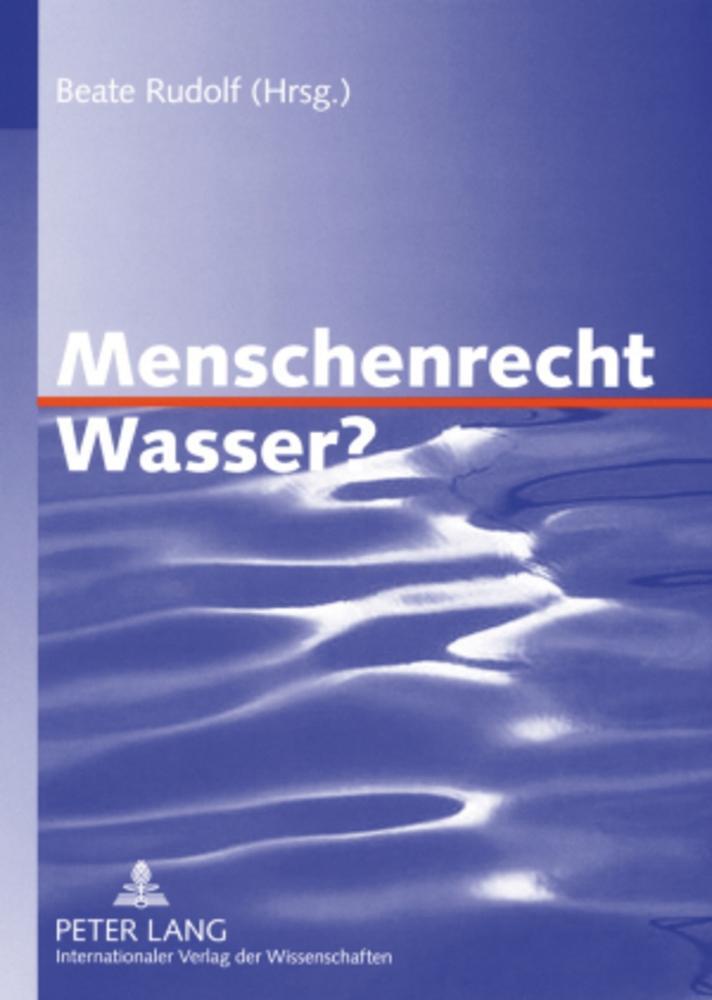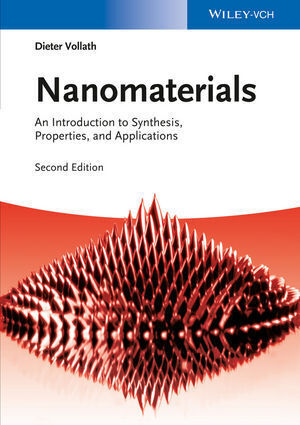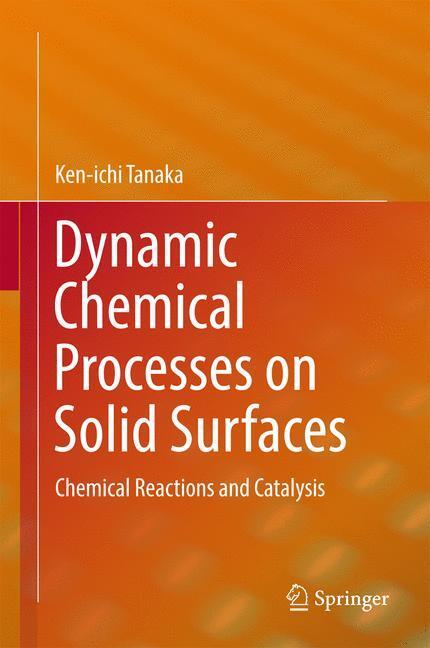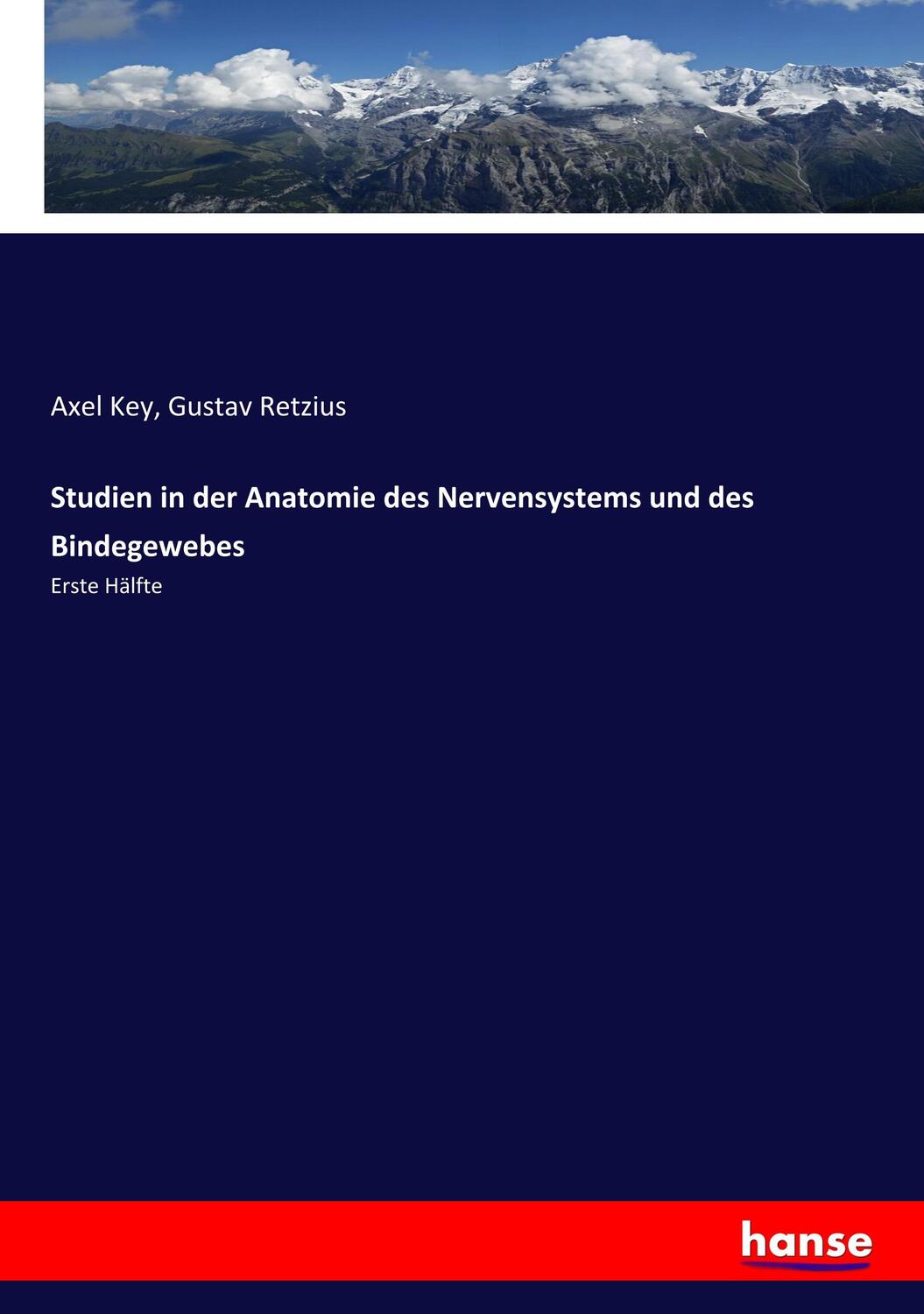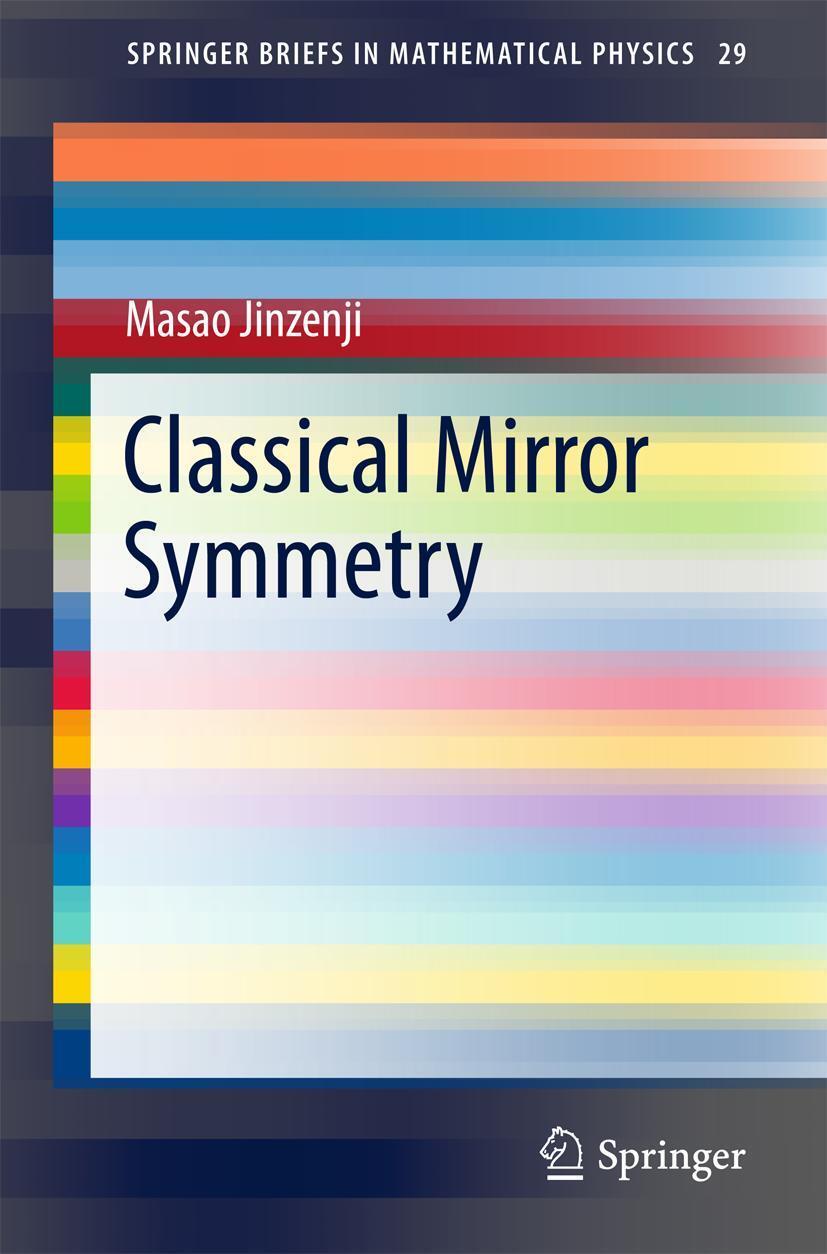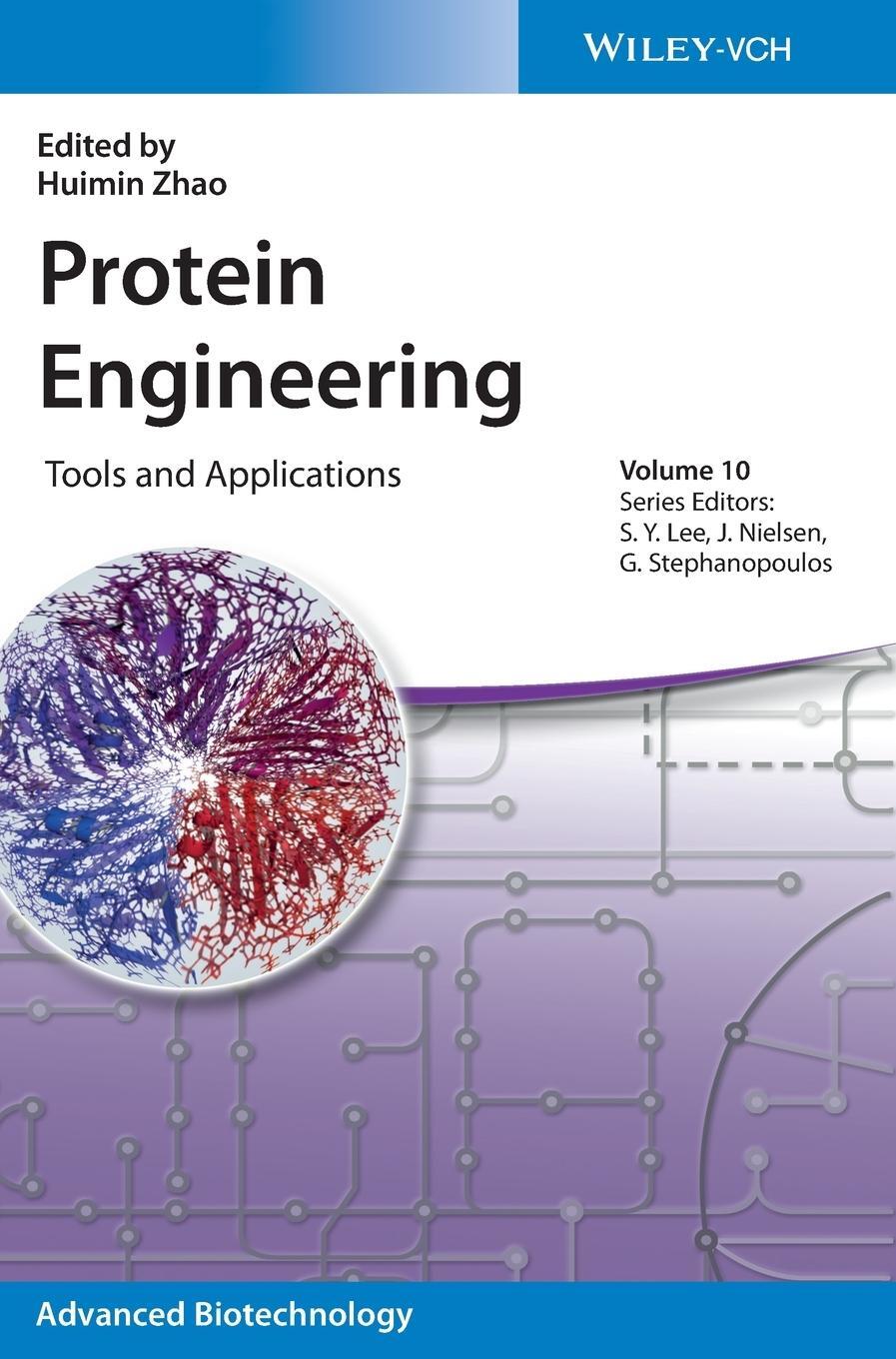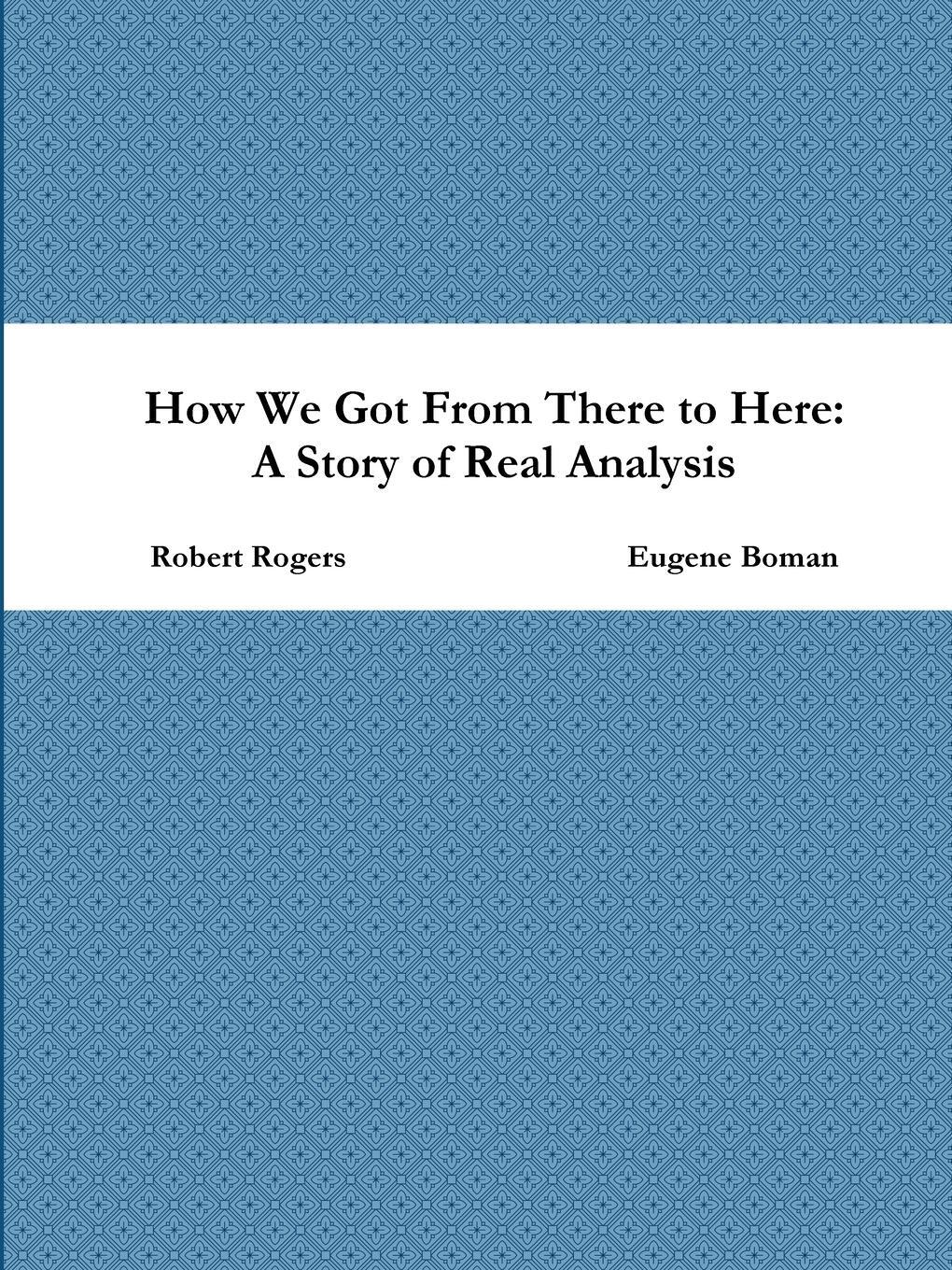Dekorationsartikel gehören nicht zum Leistungsumfang.
Sprache:
Englisch
97,30 €*
Versandkostenfrei per Post / DHL
Lieferzeit 1-2 Wochen
Kategorien:
Beschreibung
As natural minerals, silica and silicates constitute by far the largest part of the earth's crust and mantle. They are equally important as raw materials and as mass produced items. For this reason they have been the subject of scientific research by geoscientists as well as by applied scientists in cement, ceramic, glass, and other industries. Moreover, intensive fun damental research on silicates has been carried out for many years because silicates are, due to their enormous variability, ideally suited for the study of general chemical and crystallographic principles. Several excellent books on mineralogy and cement, ceramics, glass, etc. give brief, usually descriptive synopses of the structure of silicates, but do not contain detailed discussions of their structural chemistry. A number of monographs on special groups of silicates, such as the micas and clay min erals, amphiboles, feldspars, and zeolites have been published which con tain more crystal chemical information. However, no modern text has been published which is devoted to the structural chemistry of silicates as a whole. Within the last 2 decades experimental and theoretical methods have been so much improved to the extent that not only have a large number of silicate structures been accurately determined, but also a better under standing has been obtained of the correlation between the chemical composition of a silicate and its structure. Therefore, the time has been reached when a modern review of the structural chemistry of silicates has become necessary.
As natural minerals, silica and silicates constitute by far the largest part of the earth's crust and mantle. They are equally important as raw materials and as mass produced items. For this reason they have been the subject of scientific research by geoscientists as well as by applied scientists in cement, ceramic, glass, and other industries. Moreover, intensive fun damental research on silicates has been carried out for many years because silicates are, due to their enormous variability, ideally suited for the study of general chemical and crystallographic principles. Several excellent books on mineralogy and cement, ceramics, glass, etc. give brief, usually descriptive synopses of the structure of silicates, but do not contain detailed discussions of their structural chemistry. A number of monographs on special groups of silicates, such as the micas and clay min erals, amphiboles, feldspars, and zeolites have been published which con tain more crystal chemical information. However, no modern text has been published which is devoted to the structural chemistry of silicates as a whole. Within the last 2 decades experimental and theoretical methods have been so much improved to the extent that not only have a large number of silicate structures been accurately determined, but also a better under standing has been obtained of the correlation between the chemical composition of a silicate and its structure. Therefore, the time has been reached when a modern review of the structural chemistry of silicates has become necessary.
Inhaltsverzeichnis
1 Introduction.- 1.1 Occurrence and Abundance of Silicon.- 1.2 Technical Importance of Silicon.- 1.3 Diversity of Silicon Compounds.- 2 Methods to Describe the Atomic Structure of Silicates.- 2.1 Model Representations of Silicate Structures.- 2.2 Treatment of Tetrahedrally Coordinated Cations in Silicates.- 3 Chemical Bonds in Silicates.- 3.1 The Silicon - Oxygen Bond.- 3.2 The Cation - Oxygen Bond, M-O, and Its Influence on the Si-O Bond.- 4 Crystal Chemical Classification of Silicate Anions.- 4.1 General Principles of the Classification.- 4.2 Parameters Used in the Crystal Chemical Classification of Silicate Anions.- 4.3 The Crystal Chemical System of Silicate Anions.- 4.4 Periodic Character of the Crystal Chemical Classification of Silicate Anions.- 5 Nomenclature and Structural Formulae of Silicate Anions and Silicates.- 5.1 Nomenclature.- 5.2 Structural Formulae.- 6 Crystal Chemical Classification of Silicates: General Part.- 6.1 Mixed-Anion Silicates.- 6.2 The Crystal Chemical System of Silicates.- 6.3 Further Subdivision of Silicates.- 6.4 Silicate Classification Procedure.- 6.5 Shortcomings of the Crystal Chemical Classification.- 7 Crystal Chemical Classification of Silicates: Special Part.- 7.1 Silicon Compounds with [SiO6] Octahedra (Hexaoxosilicates).- 7.2 Silicates Containing [SiO4] Tetrahedra (Tetraoxosilicates).- 7.3 Mixed-Anion Silicates.- 7.4 Estimated Frequency Distribution of Silicate Species.- 8 Other Classifications of Silicates.- 8.1 Early Classifications of Silicates.- 8.2 Rostov's Classification of Silicates.- 8.3 Zoltai's Classification of Silicates.- 8.4 Geometrical Classification of Tectosilicates.- 8.5 Silicate Classification Based on Non-Silicon Cation - Oxygen Polyhedra.- 9 General Rules for Silicate Anion Topology.- 10 Influenceof Non-Tetrahedral Cation Properties on the Structure of Silicate Anions.- 10.1 Influence of Cation Properties on the Conformation of Unbranched Single Chain Anions.- 10.2 Influence of Cation Properties on the Shape of Unbranched Multiple Chain Anions.- 10.3 Influence of Cation Properties on the Shape of Branched Silicate Anions.- 10.4 Influence of Cation Properties on the Formation of Cyclic Silicate Anions.- 10.5 Influence of Cation Properties on the Shape of Single Layer Silicate Anions.- 10.6 Influence of Cation Properties on the Shape of Double Layer Silicate Anions.- 10.7 Influence of Cation Properties on the Shape of Silicate Frameworks.- 11 Conclusion.- 11.1 Correlation Between Classification Parameters and Cation Properties.- 11.2 Influence of Cation Radius on the Structure of Silicates.- 11.3 Characteristics of the Crystal Chemical Classification of Silicates.- References.- Appendices I-III.- Substance Index.- Formula Index.
Details
| Erscheinungsjahr: | 2012 |
|---|---|
| Fachbereich: | Petrographie |
| Genre: | Geowissenschaften |
| Rubrik: | Naturwissenschaften & Technik |
| Medium: | Taschenbuch |
| Seiten: | 376 |
| Inhalt: |
xiv
354 S. 49 s/w Illustr. 354 p. 49 illus. |
| ISBN-13: | 9783642500787 |
| ISBN-10: | 3642500781 |
| Sprache: | Englisch |
| Herstellernummer: | 86094378 |
| Ausstattung / Beilage: | Paperback |
| Einband: | Kartoniert / Broschiert |
| Autor: | Liebau, F. |
| Auflage: | Softcover reprint of the original 1st ed. 1985 |
| Hersteller: |
Springer-Verlag GmbH
Springer Berlin Heidelberg |
| Maße: | 244 x 170 x 21 mm |
| Von/Mit: | F. Liebau |
| Erscheinungsdatum: | 31.05.2012 |
| Gewicht: | 0,648 kg |
Inhaltsverzeichnis
1 Introduction.- 1.1 Occurrence and Abundance of Silicon.- 1.2 Technical Importance of Silicon.- 1.3 Diversity of Silicon Compounds.- 2 Methods to Describe the Atomic Structure of Silicates.- 2.1 Model Representations of Silicate Structures.- 2.2 Treatment of Tetrahedrally Coordinated Cations in Silicates.- 3 Chemical Bonds in Silicates.- 3.1 The Silicon - Oxygen Bond.- 3.2 The Cation - Oxygen Bond, M-O, and Its Influence on the Si-O Bond.- 4 Crystal Chemical Classification of Silicate Anions.- 4.1 General Principles of the Classification.- 4.2 Parameters Used in the Crystal Chemical Classification of Silicate Anions.- 4.3 The Crystal Chemical System of Silicate Anions.- 4.4 Periodic Character of the Crystal Chemical Classification of Silicate Anions.- 5 Nomenclature and Structural Formulae of Silicate Anions and Silicates.- 5.1 Nomenclature.- 5.2 Structural Formulae.- 6 Crystal Chemical Classification of Silicates: General Part.- 6.1 Mixed-Anion Silicates.- 6.2 The Crystal Chemical System of Silicates.- 6.3 Further Subdivision of Silicates.- 6.4 Silicate Classification Procedure.- 6.5 Shortcomings of the Crystal Chemical Classification.- 7 Crystal Chemical Classification of Silicates: Special Part.- 7.1 Silicon Compounds with [SiO6] Octahedra (Hexaoxosilicates).- 7.2 Silicates Containing [SiO4] Tetrahedra (Tetraoxosilicates).- 7.3 Mixed-Anion Silicates.- 7.4 Estimated Frequency Distribution of Silicate Species.- 8 Other Classifications of Silicates.- 8.1 Early Classifications of Silicates.- 8.2 Rostov's Classification of Silicates.- 8.3 Zoltai's Classification of Silicates.- 8.4 Geometrical Classification of Tectosilicates.- 8.5 Silicate Classification Based on Non-Silicon Cation - Oxygen Polyhedra.- 9 General Rules for Silicate Anion Topology.- 10 Influenceof Non-Tetrahedral Cation Properties on the Structure of Silicate Anions.- 10.1 Influence of Cation Properties on the Conformation of Unbranched Single Chain Anions.- 10.2 Influence of Cation Properties on the Shape of Unbranched Multiple Chain Anions.- 10.3 Influence of Cation Properties on the Shape of Branched Silicate Anions.- 10.4 Influence of Cation Properties on the Formation of Cyclic Silicate Anions.- 10.5 Influence of Cation Properties on the Shape of Single Layer Silicate Anions.- 10.6 Influence of Cation Properties on the Shape of Double Layer Silicate Anions.- 10.7 Influence of Cation Properties on the Shape of Silicate Frameworks.- 11 Conclusion.- 11.1 Correlation Between Classification Parameters and Cation Properties.- 11.2 Influence of Cation Radius on the Structure of Silicates.- 11.3 Characteristics of the Crystal Chemical Classification of Silicates.- References.- Appendices I-III.- Substance Index.- Formula Index.
Details
| Erscheinungsjahr: | 2012 |
|---|---|
| Fachbereich: | Petrographie |
| Genre: | Geowissenschaften |
| Rubrik: | Naturwissenschaften & Technik |
| Medium: | Taschenbuch |
| Seiten: | 376 |
| Inhalt: |
xiv
354 S. 49 s/w Illustr. 354 p. 49 illus. |
| ISBN-13: | 9783642500787 |
| ISBN-10: | 3642500781 |
| Sprache: | Englisch |
| Herstellernummer: | 86094378 |
| Ausstattung / Beilage: | Paperback |
| Einband: | Kartoniert / Broschiert |
| Autor: | Liebau, F. |
| Auflage: | Softcover reprint of the original 1st ed. 1985 |
| Hersteller: |
Springer-Verlag GmbH
Springer Berlin Heidelberg |
| Maße: | 244 x 170 x 21 mm |
| Von/Mit: | F. Liebau |
| Erscheinungsdatum: | 31.05.2012 |
| Gewicht: | 0,648 kg |
Warnhinweis

